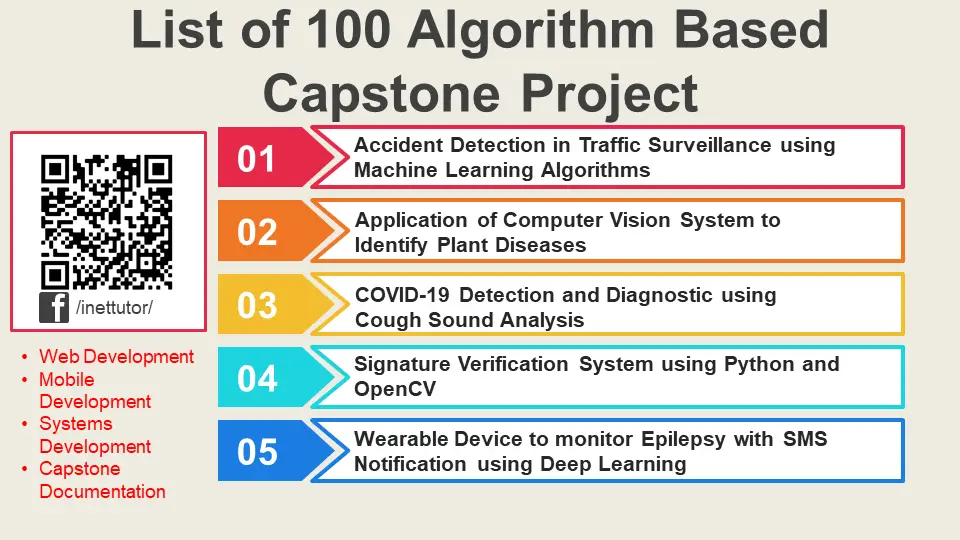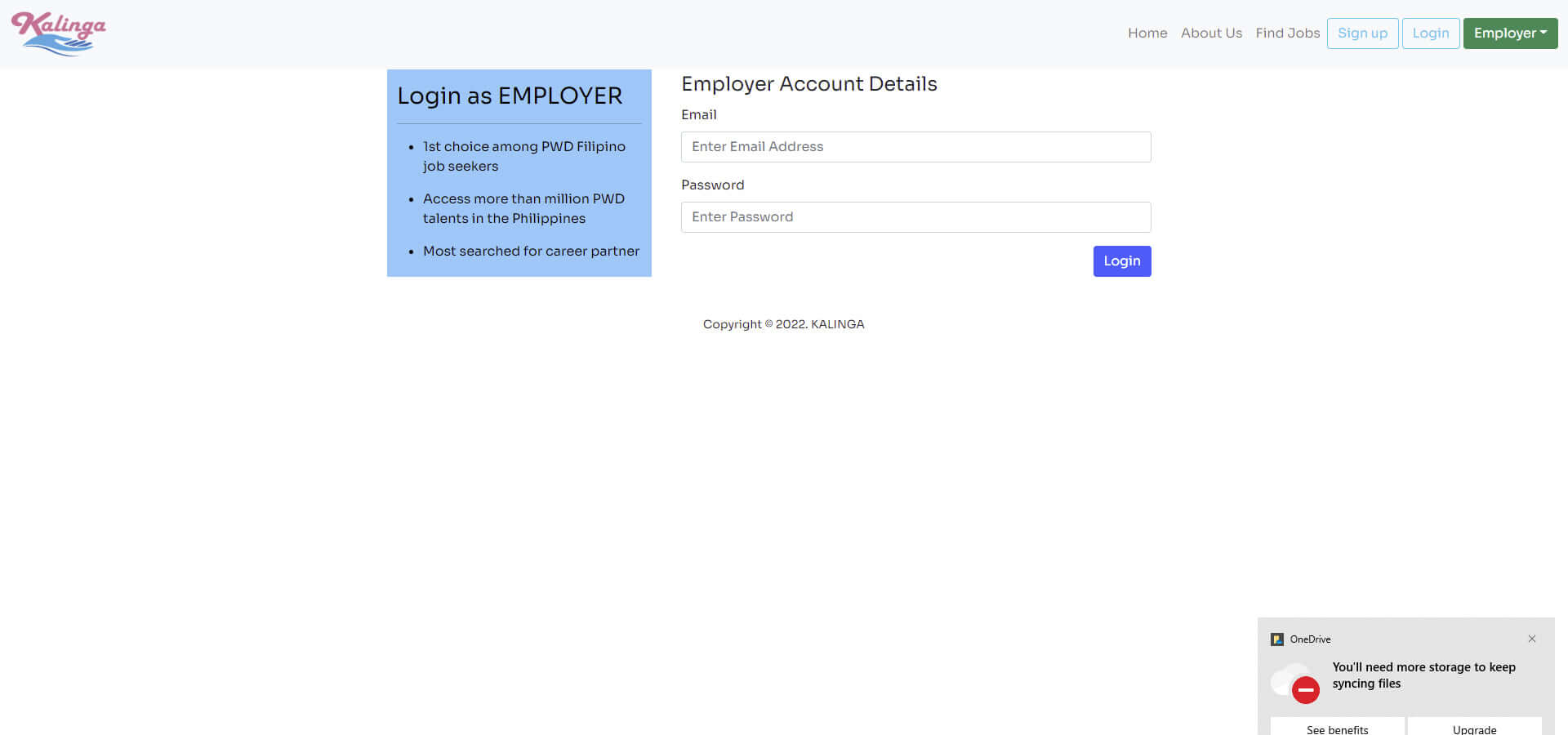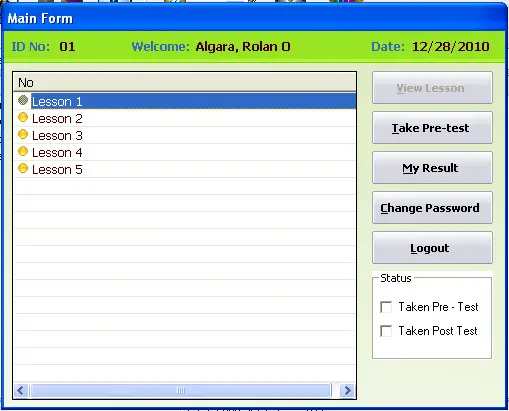Intelligent Imaging System for Ripeness Determination
Are you tired of manually inspecting every single fruit and vegetable in your farm or store to determine if they’re ripe? Look no further, as an intelligent imaging system for ripeness determination might just be the solution you’re looking for. With the use of artificial intelligence and computer vision, this technology can accurately detect the level of ripeness of produce, making the process quicker and more efficient. In this blog post, we’ll dive deeper into what this technology is, how it works, and why it’s a game-changer for the agricultural industry. So, sit back, relax, and discover the future of ripeness determination.
Project Context
Table of Contents
Farmers must determine the maturity and ripeness of their fruits. Determining when to harvest fruits and vegetables is critical to their later storage, marketable life, and quality. The researchers have identified this gap and would like to create IT-based software to assist farmers in determining the maturity of fruits and vegetables. The capstone project, “Intelligent Imaging System for Ripeness Determination,” aims to use an image to determine the ripeness of a fruit or vegetable. This project will necessitate the storage of diverse data on fruit and vegetable ripening indicators in the system. This project intends to create a system that uses an intelligent imagery technology to classify ripe fruits and vegetables. The program will attempt to match the extracted fruit image to the system data collection. The system will then provide the closest match to the query. Overall, the program is used to take an image using the device’s camera. The application will compare the image obtained to the database and collection maintained in the admin panel. The application will then reveal the outcome, along with the accuracy rate.
Objectives of the Study
General Objective – In general, the capstone project aims to use the concept of Intelligent Imaging System in order to give and provide an accurate determination of Fruits ripeness.
Specific objectives of the capstone project are the following:
- The system will serve as a repository of the different information about determined ripe fruits.
- The system will be used to determine whether a fruit is ripe using only its image.
- The system will provide an easy and accessible way to identify ripe fruits.
- The system will provide a camera to extract image and classify it to the system.
- To evaluate the system in terms of efficiency, productivity, quality, reliability, and maintainability.

Significance of the Study
The development of an intelligent imaging system for ripeness determination has significant implications for the agricultural industry. Currently, the process of determining the ripeness of fruits is largely dependent on subjective human judgment, which can result in inconsistencies and inaccuracies. The implementation of an automated system using intelligent imaging technology has the potential to revolutionize the industry by providing more accurate and reliable data. This could lead to increased efficiency in the harvesting and distribution process, as well as improved quality control measures. Additionally, the use of such a system could reduce waste and lower costs for farmers, making the agricultural industry more sustainable and economically viable.
Specifically, the study will benefit the following:
Farmers. This application would be highly helpful to them in determining ripeness of fruits and vegetables to start harvesting.
Researchers. The capstone project is a challenge on the part of the researchers for it includes machine learning theories and application. The process and result of the capstone project will give the researchers an additional knowledge as well.
Future Researchers. The project is very beneficial to the next batch of researchers for they can use the output of this capstone project in building and upgrading a similar study to this one.
Features of the System
Intelligent imaging systems for ripeness determination are designed to analyze the ripeness of fruit or vegetables using digital images and computer algorithms. These systems can be used to assess the ripeness of a wide range of produce, including apples, bananas, oranges, tomatoes, and many others. Some possible features of an intelligent imaging system for ripeness determination might include:
- High-resolution imaging: The system should be able to capture detailed images of the produce being analyzed, so that it can accurately assess the ripeness of the fruit or vegetables.
- Machine learning algorithms: The system should use machine learning algorithms to analyze the images and determine the ripeness of the produce. These algorithms should be trained on large datasets of images of ripe and unripe produce, so that they can accurately predict the ripeness of new items.
- Customization: The system should be customizable, so that it can be tailored to the specific needs of different crops or applications. This might include the ability to adjust the sensitivity of the ripeness determination, or to set different thresholds for what is considered ripe or unripe.
- Integration with other systems: The system should be able to integrate with other systems, such as sorting or packing systems, so that it can provide real-time feedback on the ripeness of produce as it is processed.
- Ease of use: The system should be easy to use, with a user-friendly interface that allows users to quickly and easily analyze the ripeness of produce.
- Robustness: The system should be robust and reliable, able to accurately determine the ripeness of produce even in challenging conditions.
- Intelligent imaging systems for ripeness determination can be integrated into web and mobile platforms in a number of ways. Some potential ways to integrate such a system into a web or mobile platform might include:
- Web application: The system could be accessed through a web application, allowing users to upload images of produce and receive feedback on the ripeness of the items.
- Mobile app: The system could be incorporated into a mobile app, allowing users to take pictures of produce with their phones and receive ripeness determination information in real-time.
- Cloud-based system: The system could be hosted in the cloud, allowing users to access it from any device with an internet connection.
- API integration: The system could be made available through an API (Application Programming Interface), allowing developers to build it into other applications or platforms.
- Integration with existing systems: The system could be integrated with existing systems, such as sorting or packing systems, to provide real-time feedback on the ripeness of produce as it is processed.
Regardless of the specific approach used, it is important that the system be easy to use and provide accurate and reliable ripeness determination information to users.

Conclusion
Technology is the use of information for the goal of designing, producing, and utilizing goods and services, as well as organizing human activities. Technologies have a broad influence on our age today, and with all of this technology, the new generation is truly pioneering. The capstone project proposed the creation of Intelligent Imaging System for Ripeness Determination. Following the development phase, the program underwent a number of tests before being delivered to the intended end users. The result of the study showed that the developed application is highly reliable in accurately determining fruit ripeness. The application will provide an easy and accessible way in identifying whether a fruit is already ripe which is highly important for farmers. These applications prove to be effective and highly usable for its purpose.
Recommendations
The study’s impressive findings spurred the researchers to vigorously advocate for the system’s implementation. The method is highly recommended due to the effectiveness and dependability it may supply to the desired audience. The researchers of the study highly recommend that farmers should adapt the use of the application to help them identify and determine whether the fruits are ripe or not.
To further improve the study on the Intelligent Imaging System for Ripeness Determination, there are several recommendations that can be implemented. Firstly, the sample size can be increased to improve the accuracy of the system’s predictions. The dataset can also be diversified to include a wider range of fruits and vegetables. Secondly, the system can be integrated with other technologies such as machine learning and artificial intelligence to enhance its performance. Lastly, field tests can be conducted in real-world scenarios to evaluate the system’s practicality and effectiveness. These recommendations can help to refine the system and expand its applications in the agriculture industry.
Summary
When to harvest fruits and vegetables is crucial for later storage, marketable life, and quality. The researchers recognized this gap and plan to develop an IT-based software to help farmers determine the maturity of fruits and vegetables. “Intelligent Imaging System for Ripeness Determination,” the capstone project, tries to use an image to determine the ripeness of a fruit or vegetable. The application will make it simple and easy for farmers to determine whether a fruit is ripe. These applications have shown to be effective and highly useable for their intended purpose. The study’s experts strongly advise farmers to customize the use of the program to help them recognize and assess whether the fruits are ripe or not. Overall, the development of an intelligent imaging system for ripeness determination has the potential to benefit both the industry and consumers.
Readers are also interested in:
Duplicate Document Detection using Machine Learning
Hand Written Text Recognition using Deep Learning
You may visit our Facebook page for more information, inquiries, and comments. Please subscribe also to our YouTube Channel to receive free capstone projects resources and computer programming tutorials.
Hire our team to do the project.

